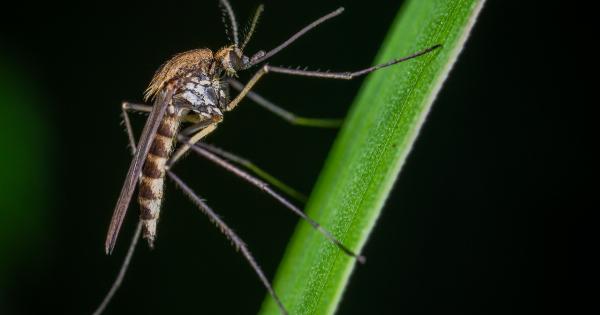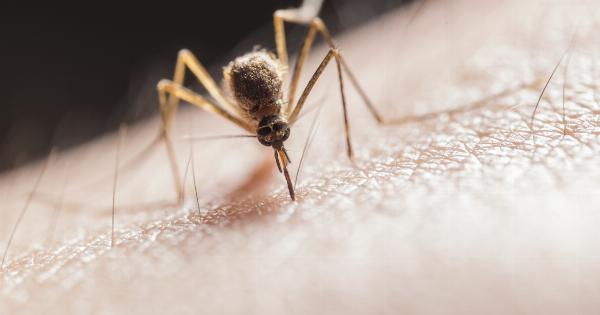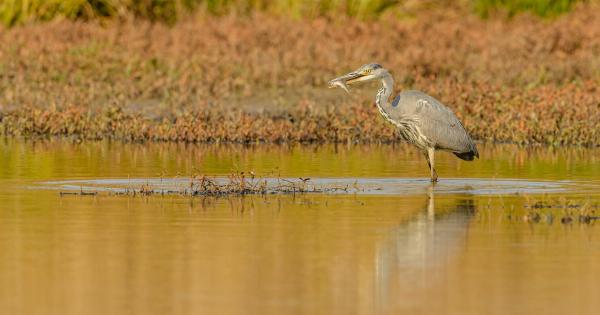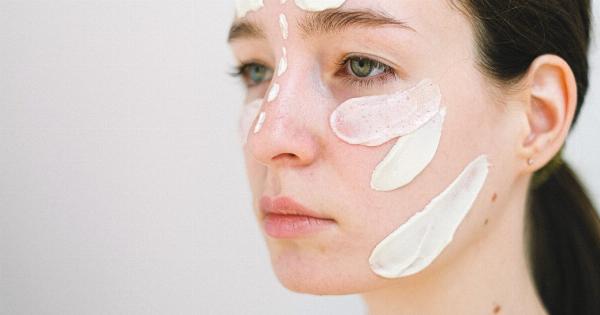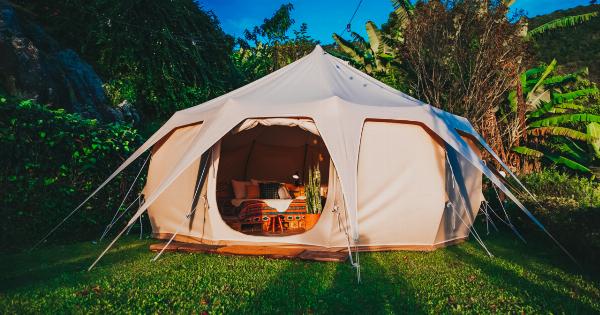Mosquitoes are pesky insects that are known to cause a lot of discomfort to both humans and animals. These small flying insects belong to the family Culicidae and are found all over the world, except in Antarctica.
There are over 3,000 species of mosquitoes, with many of them carrying dangerous diseases. Despite their small size, mosquitoes can be very hard to get rid of, as they can breed in virtually any standing water bodies.
Life Cycle of Mosquitoes
Understanding the life cycle of mosquitoes is important in the effort to prevent their breeding and reduce their populations. Mosquitoes go through a complete metamorphosis, starting with an egg, then a larva, a pupa, and finally, an adult mosquito.
The entire cycle can take from as little as four days to as long as several months, depending on the species and environmental conditions.
Mosquitoes as Disease Carriers
Aside from being a nuisance, mosquitoes are also known to be carriers of many diseases that can be dangerous to humans. Some of the most common diseases carried by mosquitoes include malaria, yellow fever, dengue fever, chikungunya, and West Nile virus.
These diseases are transmitted to humans through the mosquito’s bite, when it feeds on the blood of an infected animal or human. Therefore, controlling the mosquito population is vital in the prevention of these diseases.
Preventing and Controlling Mosquito Populations
There are many ways to prevent and control mosquito populations. A few of these methods include:.
Eliminating Standing Water
Since mosquitoes lay their eggs in standing water, eliminating standing water sources around homes and other structures can greatly reduce mosquito populations.
This can be achieved by emptying and scrubbing out birdbaths, flower pots, and other containers that can hold water. Ensuring that gutters and drains are clear of debris can also help reduce mosquito breeding.
Using Mosquito Repellents
Applying mosquito repellents containing DEET or other effective ingredients can help prevent mosquito bites. This is especially important in areas with high mosquito populations or where there is a risk of mosquito-borne diseases.
Installing Window and Door Screens
Installing window and door screens can help prevent mosquitoes from entering homes and buildings. This is especially important during the mosquito’s active period, which is typically during dawn and dusk.
Using Mosquito Traps
Mosquito traps are designed to attract and capture adult mosquitoes, which can help in reducing their populations. These traps can use attractants such as carbon dioxide or light to lure mosquitoes to the trap, where they can be captured and killed.
Insecticide Use in Mosquito Control
Insecticides are often used in mosquito control programs, as they can effectively kill adult mosquitoes and disrupt their breeding cycle. However, the use of insecticides can also have negative effects on the environment and non-target organisms.
Integrated Mosquito Management
Integrated mosquito management programs use a combination of methods to control mosquito populations, including biological, chemical, and physical control methods.
This approach aims to reduce the use of insecticides and minimize their impact on the environment.
Conclusion
Mosquitoes are buzzing bandits that can cause a lot of discomfort and carry dangerous diseases.
Preventing mosquito populations through the elimination of standing water, the use of mosquito repellents, and the installation of window and door screens can help reduce their numbers. Integrated mosquito management programs that use a combination of methods can also be effective in controlling mosquito populations and preventing the spread of mosquito-borne diseases.





